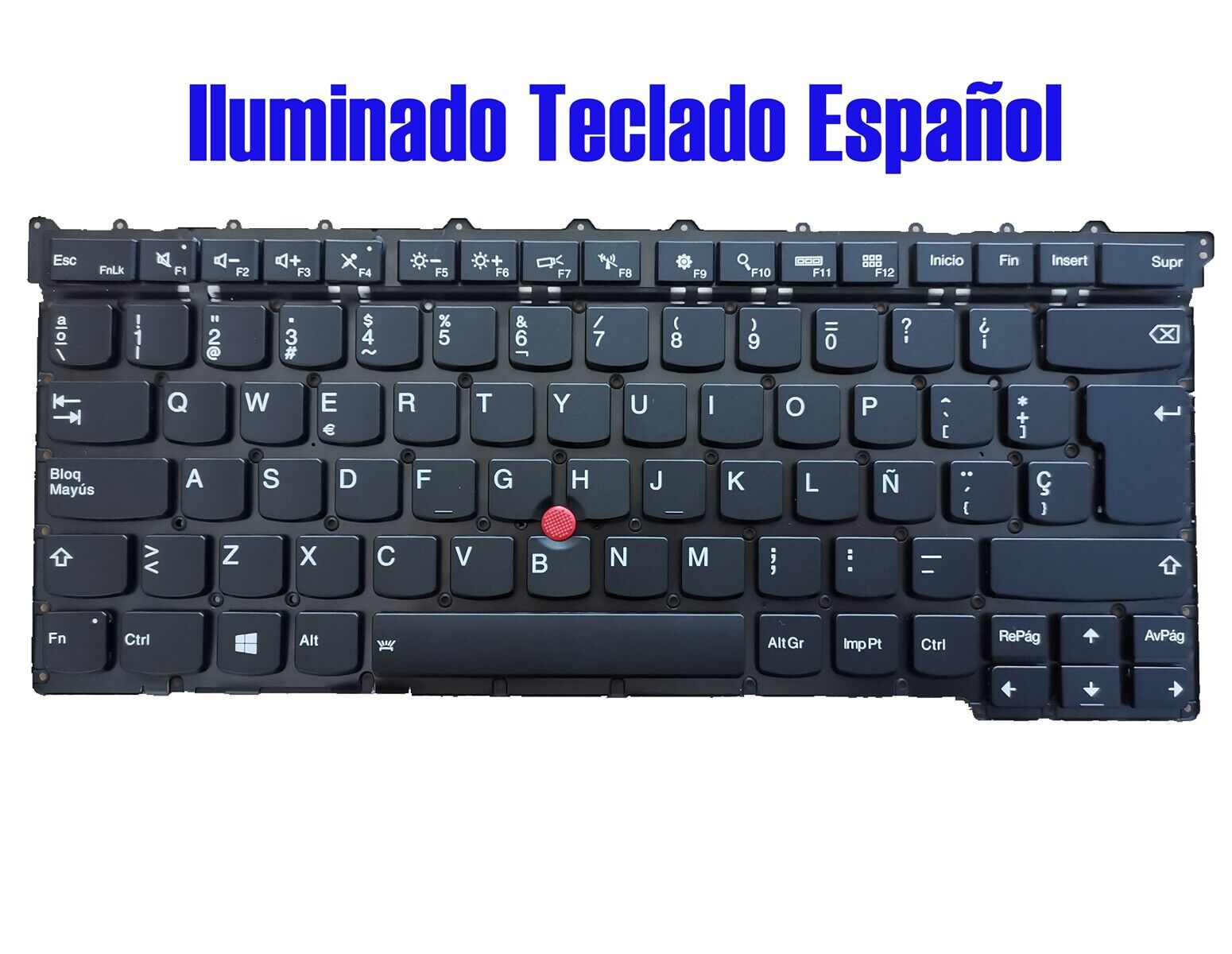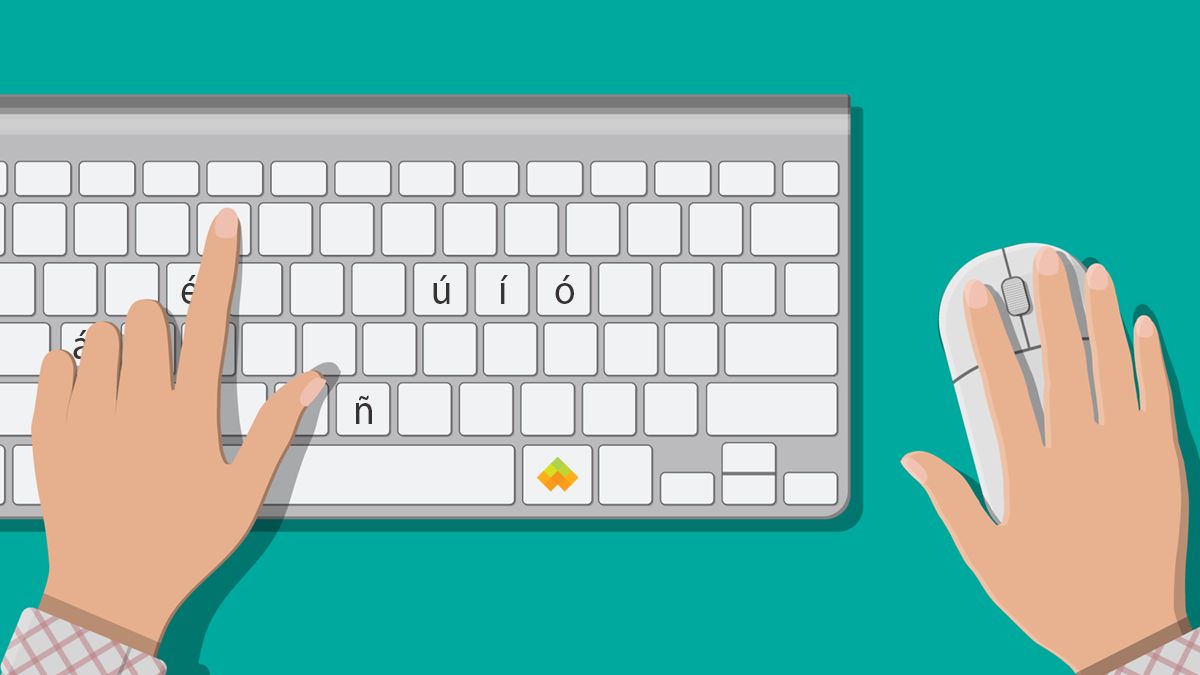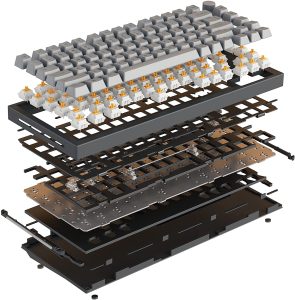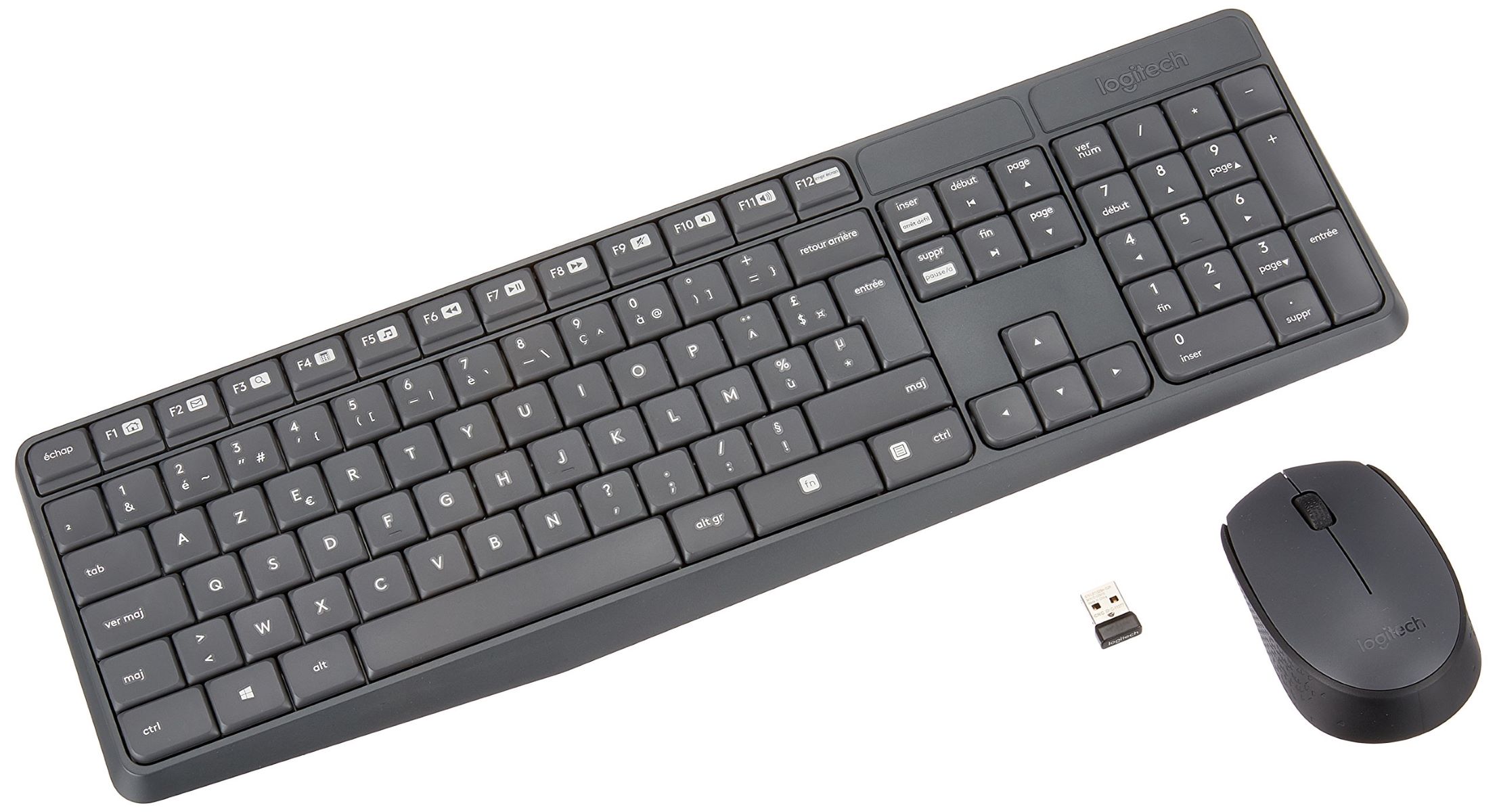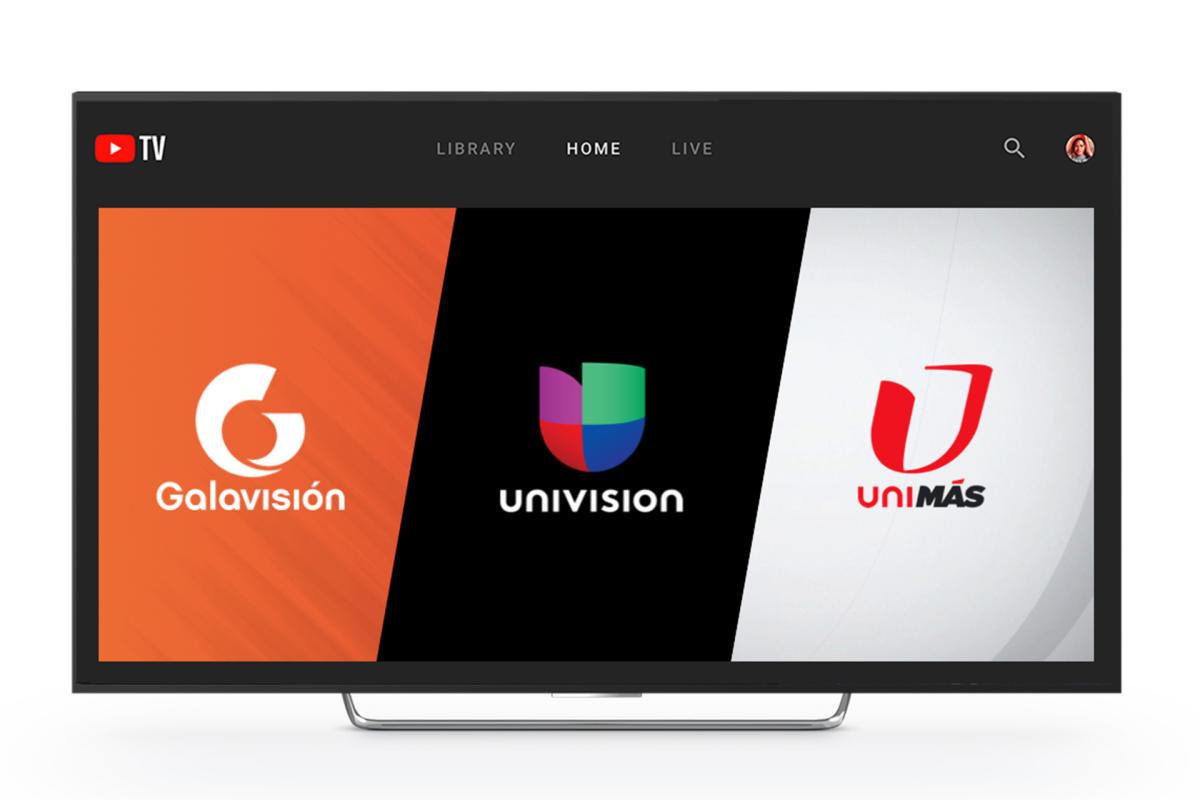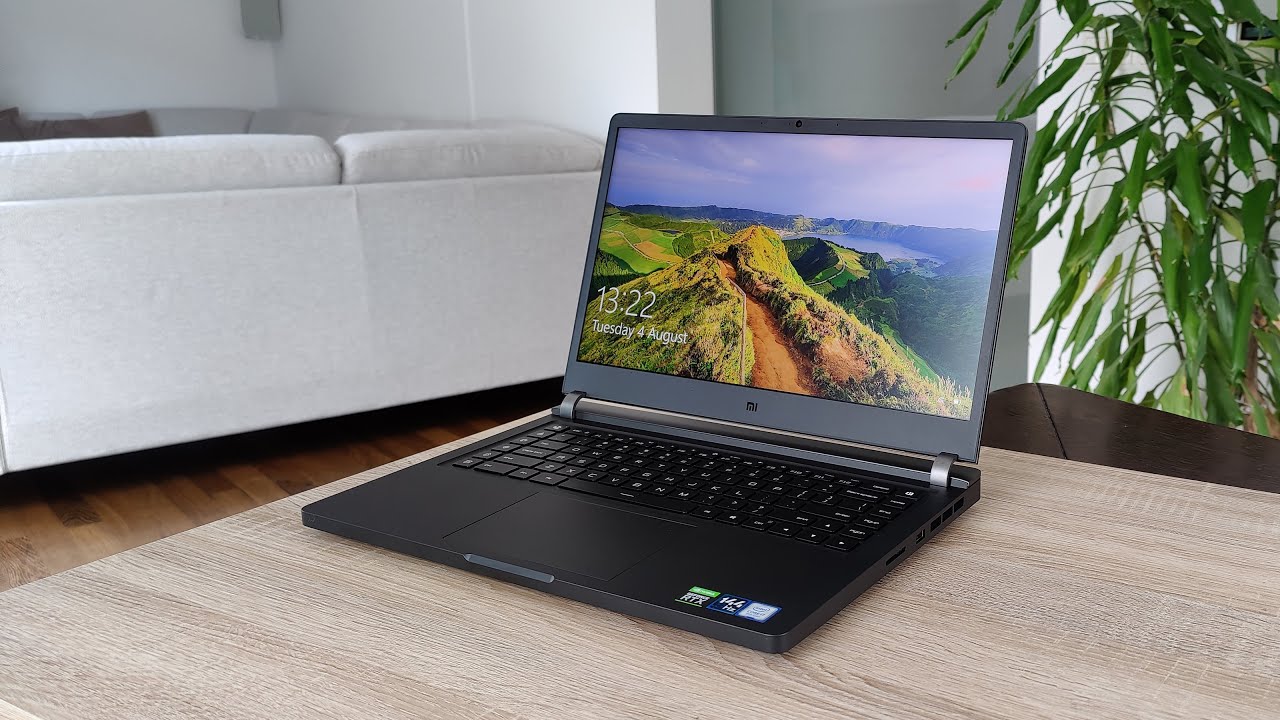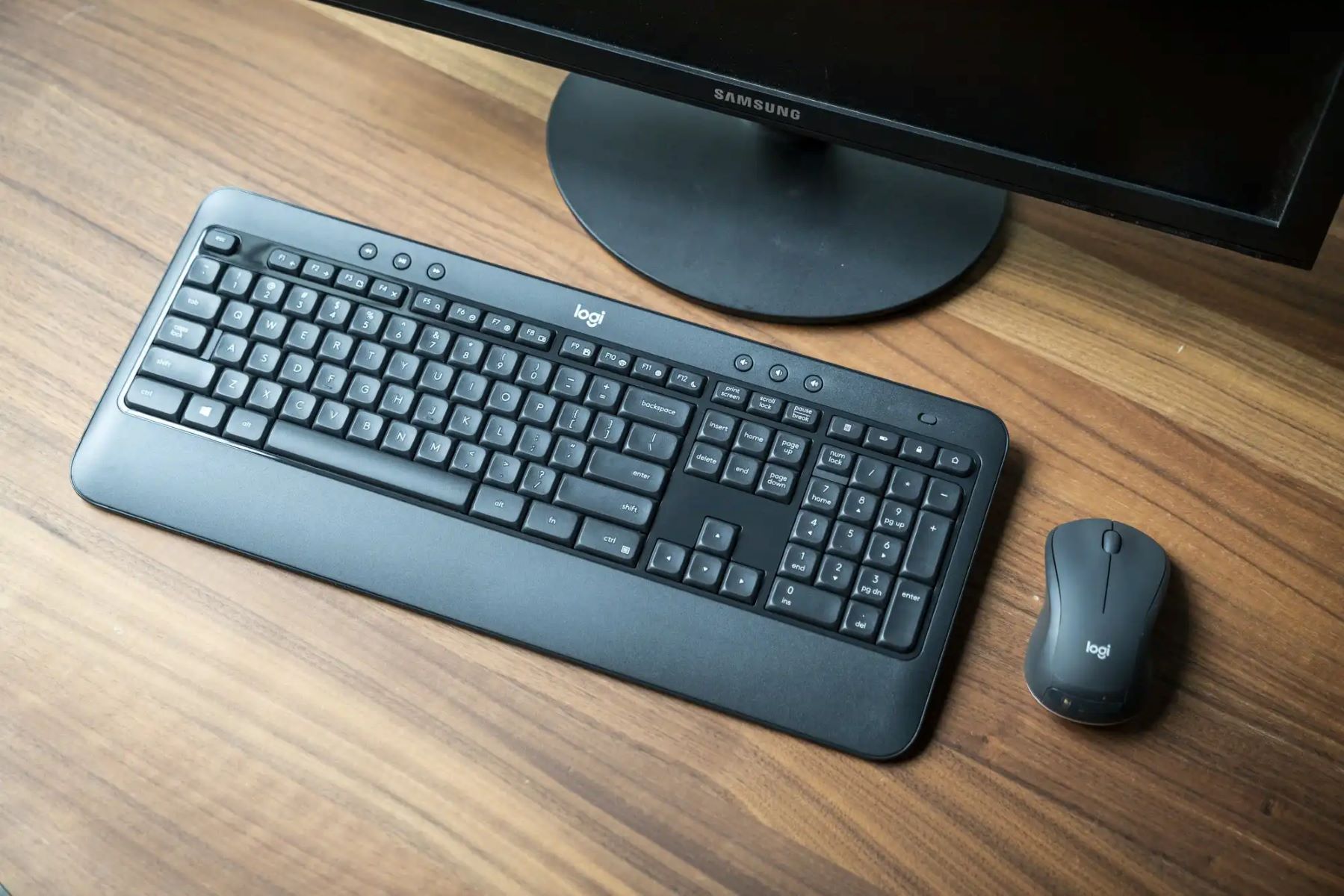Introduction
Welcome to the world of Spanish keyboards! Whether you’re learning the Spanish language, working on translations, or simply want to experience the convenience of typing in Spanish, having a Spanish keyboard can greatly enhance your productivity and overall typing experience. In this article, we will explore various options for getting a Spanish keyboard on your computer or device.
With a Spanish keyboard, you will have easy access to the unique characters and accents used in the Spanish language. This includes the special characters like ñ, á, é, í, ó, ú, as well as punctuation marks like ¿ and ¡. Typing in Spanish becomes much faster and more efficient with the correct keyboard layout.
Many people mistakenly believe that they need to purchase a physical Spanish keyboard, but there are actually several options available that allow you to type in Spanish without having to replace your existing keyboard. We will explore these options in detail, including changing keyboard settings, installing language packs, using online Spanish keyboards, and even physical Spanish keyboards.
By the end of this article, you will have a clear understanding of the various methods you can use to obtain a Spanish keyboard and start typing in Spanish effortlessly. So, let’s dive in and discover the world of Spanish keyboards!
Why You Need a Spanish Keyboard
Having a Spanish keyboard is essential for anyone who frequently types in Spanish or needs to communicate in the Spanish language. Here are a few reasons why you might need a Spanish keyboard:
- Accurate Typing: A Spanish keyboard provides easy access to the special characters and accents used in the Spanish language. This allows you to accurately type words and sentences without having to rely on complex keyboard shortcuts or copy-pasting characters from other sources.
- Efficiency and Convenience: With a Spanish keyboard, you can type in Spanish much faster and more efficiently. The dedicated keys for special characters and accents streamline your typing process, saving you time and effort in the long run.
- Language Learning: If you are learning Spanish, having a Spanish keyboard is crucial. It helps reinforce your understanding of the language and allows you to practice proper spelling and pronunciation by using the correct characters and accents.
- Professional Purposes: If you work in fields such as translation, content creation, or customer service where Spanish communication is involved, a Spanish keyboard is a valuable tool. It enables you to compose emails, write documents, or interact with clients and customers in Spanish more effectively.
- Compatibility: Certain software programs and online platforms are designed specifically for Spanish users. Having a Spanish keyboard ensures compatibility and smooth functionality when using these programs or platforms.
Without a Spanish keyboard, you may find yourself struggling to find and input the correct characters and accents, leading to errors, misunderstandings, and a lack of professionalism. Having a dedicated Spanish keyboard not only enhances your typing experience but also allows you to fully immerse yourself in the Spanish language and culture.
In the next sections, we will explore different options for obtaining a Spanish keyboard, both in terms of software settings and physical keyboards. Let’s dive into the world of Spanish keyboards!
Option 1: Changing Keyboard Settings
One of the easiest and most convenient ways to get a Spanish keyboard is by changing the keyboard settings on your computer or device. Most operating systems provide built-in options to switch to different keyboard layouts, including Spanish.
If you’re using a Windows computer, you can follow these steps:
- Go to the Control Panel and select “Region and Language.”
- In the “Keyboards and Languages” tab, click on “Change keyboards.”
- Click on “Add” and select “Spanish” from the list of languages.
- You can choose either the “Spanish” or “Spanish – Spain” keyboard layout, depending on your preference. It’s recommended to preview the layout to ensure it suits your needs.
- Click “OK” to save the changes.
If you’re using a Mac, the process is slightly different:
- Go to the Apple menu and select “System Preferences.”
- Click on “Keyboard” and then the “Input Sources” tab.
- Click on the “+” button and select “Spanish” from the list of languages.
- You can choose either the “Spanish” or “Spanish – ISO” keyboard layout.
- Tick the box next to “Show input menu in menu bar” for easy access.
Once you have added the Spanish keyboard layout, you can switch between your original keyboard and the Spanish keyboard by using a keyboard shortcut or clicking on the language input indicator on your taskbar or menu bar.
Changing keyboard settings is a simple and effective way to type in Spanish without needing a physical Spanish keyboard. It allows you to seamlessly switch between multiple languages and layouts, suiting your language needs at any given time.
In the next section, we will explore another option for obtaining a Spanish keyboard: installing third-party language packs. Let’s continue our journey towards a Spanish typing experience!
Option 2: Installing Third-Party Language Packs
If your operating system does not have built-in support for a Spanish keyboard layout or if you prefer more customization options, you can consider installing third-party language packs. These language packs provide additional keyboard layouts and settings for various languages, including Spanish.
Here’s how you can install third-party language packs on different operating systems:
- Windows: Visit the official website of your preferred third-party software provider that offers language packs. Download and install the language pack for the Spanish keyboard layout. Once installed, you can enable the Spanish keyboard layout by following the instructions provided with the language pack.
- Mac: Check the App Store for language pack applications that offer custom keyboard layouts. Download and install the application that provides the Spanish keyboard layout. Once installed, open the application and follow the instructions to enable the Spanish keyboard layout.
- Linux: Most Linux distributions offer package managers or software centers that allow you to download and install language packs. Use your distribution’s package manager or software center to search for and install the language pack for the Spanish keyboard layout.
Third-party language packs often provide additional features and customization options, such as keyboard shortcuts, auto-correct, and predictive text specifically tailored for the Spanish language. These packs can be particularly useful for advanced Spanish typists or those who require specific functionality for their work or personal preferences.
It’s important to note that when installing third-party language packs, it’s recommended to do thorough research and choose reputable sources to ensure the safety and compatibility of the software with your system. Always verify the authenticity and integrity of the language pack before installation.
In the next section, we will explore an alternative method of obtaining a Spanish keyboard: using online Spanish keyboards. Let’s continue our exploration of Spanish typing options!
Option 3: Using Online Spanish Keyboards
If you don’t want to make any changes to your computer settings or install language packs, using online Spanish keyboards is a convenient option. Online Spanish keyboards allow you to type in Spanish directly through a web browser without the need for any software installations or keyboard layout changes.
There are several websites that offer virtual Spanish keyboards, which replicate the layout and functionality of a physical Spanish keyboard. Here’s how you can use online Spanish keyboards:
- Open your preferred web browser and search for “online Spanish keyboard.”
- Select one of the reliable and user-friendly online Spanish keyboard websites that appear in the search results.
- Once you’re on the website, you’ll see a virtual keyboard layout that resembles a physical Spanish keyboard.
- Click on the keys to type in Spanish. The website will automatically display the corresponding Spanish characters and accents as you type.
- You can copy and paste the text from the online keyboard into any document, email, or text field on your computer.
Online Spanish keyboards are accessible from any device with an internet connection, including desktop computers, laptops, tablets, and smartphones. They are especially useful when you need to quickly type in Spanish on a device that does not have a Spanish keyboard layout installed.
However, keep in mind that using online Spanish keyboards may not provide the same level of convenience and efficiency as physical or software-based keyboards. They require you to switch between the keyboard layout on your device and the online keyboard interface, which can be slightly cumbersome.
In the next section, we will explore the option of obtaining a physical Spanish keyboard. If you prefer a tactile typing experience, this option may be perfect for you. Let’s dive into the world of physical Spanish keyboards!
Option 4: Physical Spanish Keyboards
If you prefer a tactile typing experience or need to type in Spanish regularly, getting a physical Spanish keyboard is a great option. These keyboards have the Spanish language layout printed on the keys, making it easy to type in Spanish without any additional settings or software.
There are different types of physical Spanish keyboards available, including:
- Wireless Keyboards: Wireless Spanish keyboards connect to your computer or device via Bluetooth or a USB dongle. They offer the flexibility of typing from a distance and are compatible with various devices, including desktops, laptops, and mobile devices.
- Wired Keyboards: Wired Spanish keyboards connect to your computer or device using a USB cable. They provide a reliable connection and are often more affordable than wireless keyboards. Wired keyboards are suitable for desktop computers or laptops with available USB ports.
- Laptop Keyboards: Some laptops come with the option to purchase a Spanish keyboard layout as a customization. When ordering a new laptop, you can select the Spanish keyboard option during the configuration process.
Physical Spanish keyboards offer the advantage of having the Spanish layout permanently visible on the keys, making it easier to locate the specific characters and accents used in the Spanish language. They provide a seamless typing experience for Spanish speakers, learners, or individuals who frequently communicate in Spanish.
You can purchase physical Spanish keyboards from various online retailers or electronics stores. Make sure to check the compatibility with your device and choose a reputable brand or seller to ensure quality and functionality.
It’s important to note that if your device has a different physical layout, such as a QWERTY keyboard, using a physical Spanish keyboard may require some adjustment or familiarization. However, many people find that the benefits outweigh the learning curve, especially if they need to type in Spanish extensively.
Whether you choose a wireless, wired, or laptop Spanish keyboard, having a physical keyboard dedicated to the Spanish language can greatly enhance your typing speed and accuracy.
In the next section, we will wrap up our exploration of different options for obtaining a Spanish keyboard. We will summarize the key points and help you decide which option may be best for your needs.
Conclusion
Having a Spanish keyboard is essential for anyone who needs to type in the Spanish language. Fortunately, there are multiple options available to obtain a Spanish keyboard, depending on your preferences and requirements.
In this article, we explored four different options:
- Changing Keyboard Settings: This option allows you to switch to a Spanish keyboard layout through the settings on your computer or device. It provides a convenient and integrated solution.
- Installing Third-Party Language Packs: Third-party language packs offer additional customization options and features for Spanish typing. They can be a great choice if you need advanced functionality.
- Using Online Spanish Keyboards: Online Spanish keyboards provide an accessible and versatile option for typing in Spanish without the need for software installations. They are ideal for quick typing sessions on any device with an internet connection.
- Physical Spanish Keyboards: For those who prefer a tactile typing experience or need to type in Spanish extensively, physical Spanish keyboards are an excellent choice. They offer convenience and ease of use.
Choose the option that best suits your needs and preferences. Consider factors such as typing accuracy, convenience, compatibility, and personal comfort.
With a Spanish keyboard at your fingertips, you can enhance your productivity, accuracy, and overall typing experience when communicating in the Spanish language. Whether you’re learning Spanish, working on translations, or engaging in Spanish-speaking activities, a dedicated Spanish keyboard is an invaluable tool.
So take the next step in your Spanish typing journey and explore the various options discussed in this article. Start typing effortlessly in Spanish and unlock a world of possibilities!







